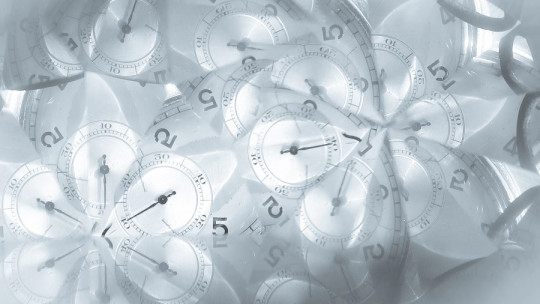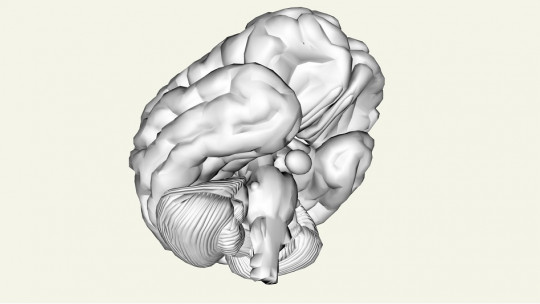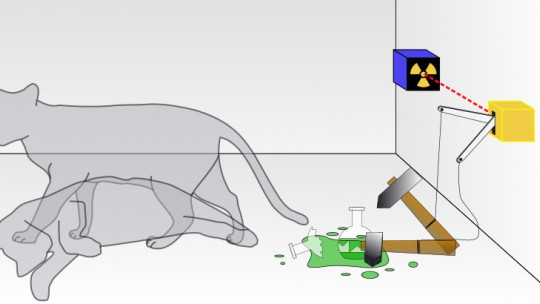There is a widespread belief that the more efficient something is, the less it is used since it does not require spending as much time or resources each time it is used compared to previous versions of the same product or service.
Although common sense would convince us that this is the case, it seems that the reality is quite different. When something is improved, it ends up being used even more.
This maxim is what defends the Jevons paradox , a phenomenon that, although it was conceptualized more than a century and a half ago, can be observed in countless situations. Let’s take a closer look at what it consists of.
What is Jevons’ paradox?
In economics, the Jevons paradox occurs when a situation occurs in which technological progress or the application of a government policy increases the efficiency of a certain resource, thus reducing the cost associated with its consumption, but The consumption rate of that same resource increases considerably, because the demand for it also grows
This clashes with the belief that, if something becomes more effective, its use will be reduced because as it works better it requires less use.
We owe this idea to the English economist William Stanley Jevons , who in the mid-19th century observed that the technological improvements that had managed to increase the efficiency in the use of coal had brought about an increase in the consumption of this resource as a rebound effect, with it being increasingly used in more factories. This economist maintained that, contrary to what common sense and intuition may suggest, economic progress does not necessarily imply a reduction in the consumption of its resources globally.
Despite being a nineteenth-century idea, Jevons’ paradox has been reexamined in modern times by economists interested in how improvements in a certain technology or in the use of a resource bring with it a notable rebound effect in the form of increased consumption.
In fact, This paradox can be seen today in multiple aspects of modern life manifesting itself in things as apparently unrelated as the number of roads, low-consumption light bulbs or low-calorie foods, examples that we will explain in more detail a few paragraphs later.
History of this concept
The Jevons paradox was first described by the English economist for whom it is named, William Staney Jevons, specifically in his 1865 book “The Coal Question.”
Jevons observed that in the England of his time, coal consumption increased after the introduction of James Watt’s steam engine a machine that was much more efficient than the one designed by Thomas Newcomen, requiring a smaller amount of coal for each use.
Thanks to Watt’s innovation, coal became a better utilized resource, meaning that with less quantity more energy was obtained to feed the entire industry that was emerging in Great Britain. Given this fact, as coal was more productive, more and more factories introduced steam engines, causing global consumption of this resource to skyrocket, despite the fact that less coal was needed each time the steam engine was used.
Jevons argued that improvements in fuel efficiency tend to increase fuel use, not reduce it Proof of this is that in Great Britain at the time, after the introduction of Watt’s steam engine, coal consumption became so high that there was concern that the reserves that were already being reduced at a dizzying rate would be exhausted. .

Examples of this paradox
The main cause behind this paradox is that an increase in the efficiency of the resource used, be it a fuel or anything else, brings with it a decrease in the cost of using that resource. When the cost or price of that good or service is reduced, an increase in the quantity demanded is caused by the law of supply and demand itself.
The increase in demand produces a rebound effect and it is considered that if this effect implies an increase of more than 100% in the consumption of a certain product or service, it would be considered that the Jevons paradox is being fulfilled.
To understand all this in a more palpable way We are going to see real examples in which this paradox is manifested
1. Low consumption bulb
To better understand this paradox we can relate it to something everyday, something that is surely present in the lives of each and every one of us: light bulbs, specifically low-consumption ones. We all know them, they are light bulbs that not only consume less energy than more traditional ones, but also last longer than common light bulbs.
Our logic tells us that, since they are light bulbs that consume less energy, we will end up consuming less overall energy, but the truth is that the electricity bill will increase. The reason: for the excuse that since they consume “little”, we leave them on unnecessarily and, of course, since they are used without control, electricity consumption will not be reduced. It would be practically the same to have common light bulbs but make rational use of them as to have low consumption light bulbs and waste them unnecessarily.
2. More efficient cars
It has been observed that Drivers tend to travel more with their cars when they are more fuel efficient , thus producing a rebound effect in the form of an increase in fuel demand. As it costs less to travel, drivers use their car more and, consequently, have to refuel more frequently.
3. Light Foods
It may be surprising, but Jevons’ paradox can also be observed in the world of food, especially in that of the Lights. This type of food is characterized by being sold as low in calories, and it actually has few calories compared to a non-Light food, something that can be discovered so easily by reading the value table of a Light food versus that of a normal food, such as They can be diet cookies and regular cookies.
But despite being hypocaloric, Light food does not help maintain the figure, in fact it can make the person gain weight The reason is that those who buy these types of products end up eating them in large quantities with the excuse that since they are less caloric it will be difficult for them to gain weight. This causes you to eat so many quantities that it far exceeds the amount of calories you would ingest eating the same food in its normal version.
4. More roads
It was previously believed that building new roads and highways could effectively combat traffic jams. Ironically, traffic experts have seen just the opposite happen, that The more roads there are, the more used they are and, even, there are more traffic jams
As people know that there are more roads and they have more routes to get to different points, they are more motivated to take their vehicle and end up doing so en masse, which is why the roads get clogged.









